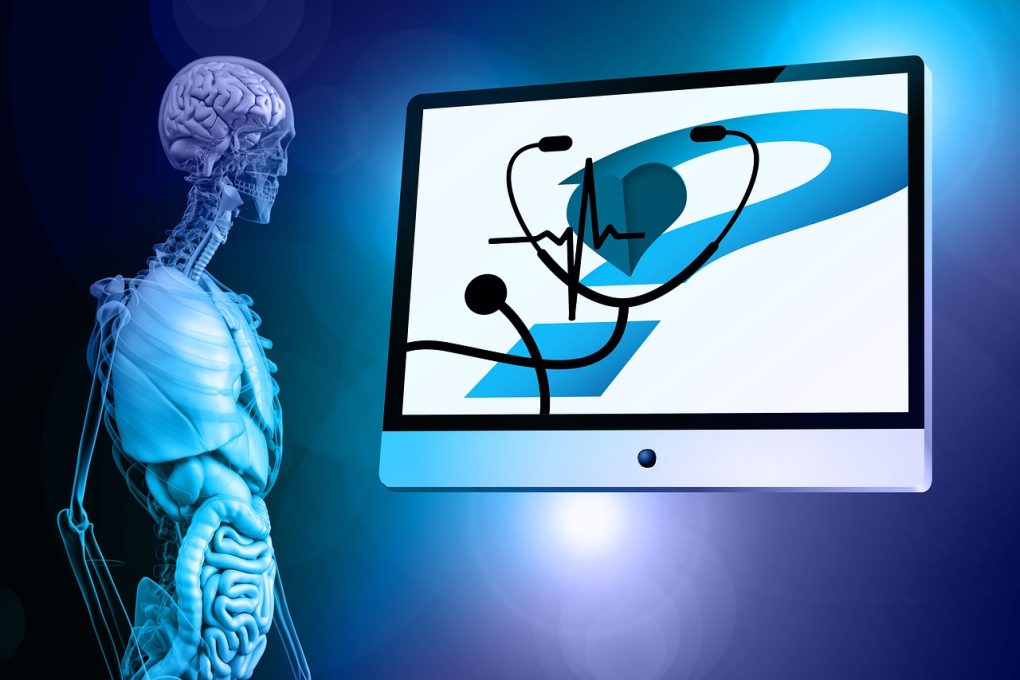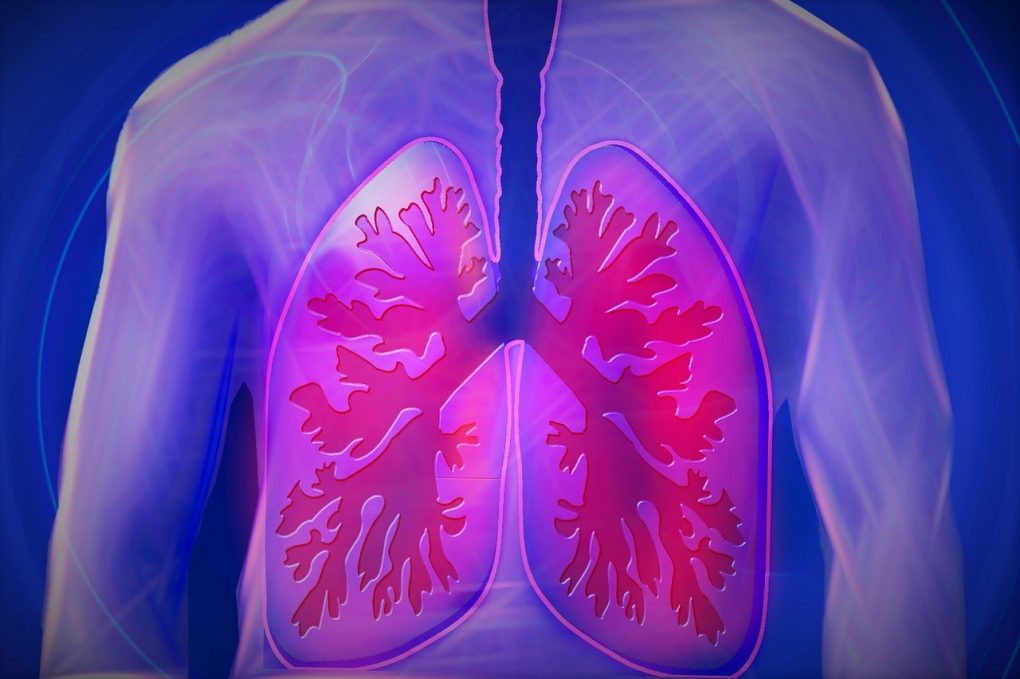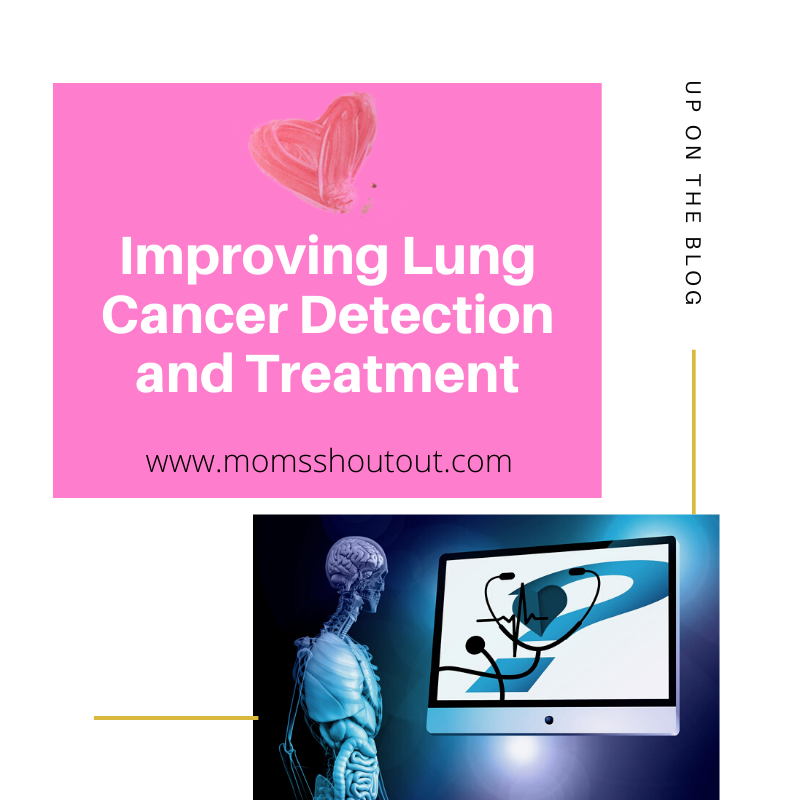Lung cancer is the most diagnosed cancer type in the world, with 2,206,771 recorded cases in 20201, and it is the second most common cancer type in the Philippines, with 19,180 cases reported in the same year2.
Locally and internationally, it is the leading cause of cancer-related deaths with a mortality count of 17,063 in the country2 and a global demise of 1,796,144 annually1.
Lung cancer usually does not exhibit signs and symptoms during its early stages3,4. It is typically diagnosed by the time cancer has already advanced4.
Low health literacy and limited access to medical assistance also negatively impact a cancer patient’s survivorship. Some Filipinos remain undiagnosed as they choose not to proceed with screening tests because of financial incapacity5. More accessible programs for healthcare assistance are still needed in the country.

Types of Lung Cancer
Small Cell Lung Cancer (SCLC) and Non-Small Cell Lung Cancer (NSCLC) are the two primary types of lung cancer3.
SCLC constitutes about 10-15% of lung cancers and it often grows and spreads more rapidly compared to NSCLC. It is also referred to as oat cell cancer since it resembles the appearance of oats3.
On the other hand, NSCLC comprises about 80-85% of lung cancer diagnoses, making it the most common type of this disease. It typically develops slower than SCLC3. This lung cancer type is divided further into three subtypes:
- Adenocarcinoma, which is the most prevalent type of NSCLC, is usually found on the lungs’ outer parts, in the glands that produce mucus in the airway’s lining3.
- Squamous Cell Carcinoma, which is typically located at the center region of the lungs in a primary airway or in the area where the larger bronchi connect the trachea to the lung. It is often attributed to smoking3.
- Large-Cell Undifferentiated Carcinoma, which is a fast-growing and rapidly-spreading lung cancer that can be found in any part of the lungs3.
Other lung cancer types include3:
- Lung carcinoid tumors
- Metastatic lung cancer,
- Rare forms of lung cancer like adenosquamous carcinoma, large cell neuroendocrine carcinoma, salivary gland-type lung carcinoma, and mesothelioma, and mediastinal tumors
- Extremely rare forms of cancer like sarcomatoid carcinoma of the lung and malignant granular cell lung tumors.

How to Know if I Have Lung Cancer?
While these symptoms can stem from other illnesses, it is important to consult a physician for a proper diagnosis and treatment. According to the American Cancer Society, lung cancer symptoms and effects may include:4
- A persistent cough
- Coughing up blood or rust-colored spit or phlegm
- Constant chest pain
- Hoarseness
- Appetite Loss
- Unexplained weight loss
- Shortness of breath
- Feeling of weakness or exhaustion
- Frequent lung infections such as bronchitis or pneumonia
- New wheezing onset
- Bone pain
- Changes in the nervous system
- Yellowing of the skin and eyes
- Lymph node inflammation
Screening Procedures and Diagnostic Tests
Screening procedures are conducted to check for cancer even if there are no explicit signs or symptoms of the disease6. Early diagnosis of lung cancer among patients is critical in their survivorship.
Individuals who have a history of heavy smoking, current smoking, have quit within the past 15 years, and aged 55 to 80 years old are recommended for a yearly lung screening as they are at high risk of developing the disease. As other risk factors like prolonged exposure to harmful substances and hereditary factors also contribute to lung cancer development, it is ideal for people with these experiences to get screened as well6.
The lung cancer screening process for high-risk individuals typically involves low-dose computed tomography (CT) scans. If the screening procedure’s results suggest the possibility of lung cancer, the physician will subject the patients to further diagnostic tests to confirm if the patient has lung cancer. Diagnosing lung cancer often begins by asking the patient about their medical history and conducting a physical examination6.
This step may be followed by imaging studies such as chest x-rays, computed tomography (CT) scan and emission tomography (PET) scans to look for signs of cancer in the lungs. A bone scan may also be conducted to determine if the malignancy has spread to that area. Another way to confirm the presence of cancer cells is through a biopsy. This procedure is done by extracting a piece of lung tissue or cells and examining them under a microscope6.
Physicians may also perform biomarker testing [JG2] [JG3] with the samples obtained from the patients7.
Applications of Biomarkers in Lung Cancer Detection and Treatment
A biomarker or biological marker is a defined characteristic found in living organisms and serves as a measurable indicator of a disease’s presence, severity, and status. In cancer, biomarkers can determine its genetic makeup, behavior, and interactions with the immune system7.
Some of the biomarkers that have been clinically tested for lung cancer care are Epidermal Growth Factor Receptor (EGFR), Anaplastic Lymphoma Kinase (ALK), Reactive Oxygen Species Proto-Oncogene (ROS1), and Programmed Death-1 (PD-1) and Programmed Death Ligand-1 (PD-L1):
- EGFR is a protein found on cell surfaces whose function involves helping the normal growth and division of cells. Too much EGFR can make the cells grow faster, which may indicate the presence of cancer8.
- A rearrangement in the gene known as ALK causes abnormalities in its production, making the cells grow and proliferate. Changes in the ALK gene are often observed in non-smokers or light smokers with a young age and are diagnosed with the NSCLC subtype called adenocarcinoma8.
- Changes in the ROS1 gene are similar to the ALK gene alteration. The abnormalities in ROS1 proteins are often seen in the adenocarcinoma subtype of NSCLC and tumors negative for ALK, KRAS, and EGFR mutations8.
- PD-1 and PD-L1 are proteins that attach and disable an immune cell’s capacity to attack malignant cells7.
These biomarkers’ expressions are used for a wide range of applications from the pre-treatment to post-treatment of lung cancer patients. These biological indicators are essential in correctly diagnosing a patient and in guiding doctors on which treatment is suitable for them.
Standard and Modern Lung Cancer Treatments
Upon affirming a diagnosis, the doctor will decide which treatment is best suited for the patient. Some lung cancer medicament options include surgery, chemotherapy, radiotherapy, targeted therapy, and immunotherapy9.
As innovative technology delves into the promising potential of newer medical options for treating advanced-stage disease in cancer patients, the application of biomarkers in more modern treatments like targeted therapy and immunotherapy in the Philippines [JG4] [JG5] are continually being looked into by researchers9.
Targeted therapy is a cancer medication that utilizes drugs or other substances to recognize and attack specific cancer cells with less adverse effects to normal cells. Inhibitor drugs can be used to target EGFR, ALK, ROS1, BRAF, NRTK-1, and NRTK-2 abnormalities. Meanwhile, inhibitors of other cancer-causing targets like RET, HER2, MEK, and MET genes are still undergoing clinical trials9.
On the other hand, patients with elevated levels of PD-1 and PD-L1 proteins may be more responsive to immunotherapy[JG6] [JG7] , although it needs further studies. It uses immune checkpoint inhibitor drugs that target and block these proteins on immune system cells, enabling them to attack the malignancy9.
Hope for Improved Cancer Care
If a person experiences lung cancer symptoms or is among the high-risk individuals, it is best to get screened immediately. The malignancy can be treated more successfully if detected in its primary stages.
Additionally, through medical innovations and the availability of more treatment options, clinicians can better diagnose a patient, determine which therapeutics are suited to treat their lung cancer type and monitor their response to the treatment and overall health status.
Apart from the expansion of cancer detection and treatment options, another factor contributing to improved cancer care is better access to medical services and financial assistance.
Medical assistance in the Philippines can come from private and public organizations to help patients with little to no funds for cancer tests and treatments, though there is still a need to bolster these existing programs.
Among the country’s answers to the call for cancer care improvement is the newly enacted RA 11215 or the National Integrated Cancer Control Act (NICCA), which aims to provide better access to health assistance in the Philippines10.
Moreover, RA 11467 carries a provision that exempts medicaments for treating cancer, tuberculosis, kidney issues, and mental illness from value added tax (VAT), making them more affordable for patients11.
With these efforts to enhance cancer care in the country, more cancer patients may be given a chance to live longer and enjoy an improved quality of life.###
References:
1 International Agency for Research on Cancer (2020). The Global Cancer Observatory World Fact Sheets. Retrieved from Globocan: https://gco.iarc.fr/today/data/factsheets/populations/900-world-fact-sheets.pdf. Last Accessed August 4, 2021.
2 International Agency for Research on Cancer (2020). The Global Cancer Observatory, Philippines Fact Sheets. Retrieved from Globocan: https://gco.iarc.fr/today/data/factsheets/populations/608-philippines-fact-sheets.pdf. Last Accessed August 4, 2021.
3 Cancer Treatment Centers of America (2020). Lung cancer types. Retrieved from Cancer Center: https://www.cancercenter.com/cancer-types/lung-cancer/types. Last Accessed February 9, 2021.
4 American Cancer Society (October 2019). Signs and Symptoms of Lung Cancer. Retrieved from American Cancer Society: https://www.cancer.org/cancer/lung-cancer/detection-diagnosis-staging/signs-symptoms.html. Last Accessed September 4, 2020.
5 Garcia-Trinidad, A.M. (2019) Cancer in My Community: Overcoming Cancer Care Barriers in the Philippines. Retrieved from Cancer.net: https://www.cancer.net/blog/2019-06/cancer-my-community-overcoming-cancer-care-barriers-philippines. Last Accessed February 9, 2021.
6 Cancer Treatment Centers of America (n.d). Lung cancer overview. Retrieved from Cancer Center: https://www.cancercenter.com/cancer-types/lung-cancer/about. Last Accessed April 13, 2021.
7 Cancer Research Institute (January 2020). Biomarkers in Cancer Immunotherapy. Retrieved from Cancer Research Institute: https://www.cancerresearch.org/immunotherapy/what-is-immunotherapy/biomarkers-in-cancer-immunotherapy. Last Accessed September 4, 2020.
8 American Cancer Society (February 2021). Targeted Drug Therapy for Non-Small Cell Lung Cancer. Retrieved from American Cancer Society: https://www.cancer.org/cancer/lung-cancer/treating-non-small-cell/targeted-therapies.html. Last Accessed April 19, 2021.
9 National Cancer Institute (February 2020). Advances in Lung Cancer Research. Retrieved from Cancer.gov: https://www.cancer.gov/types/lung/research. Last Accessed April 19, 2021.
10 An Act Institutionalizing a National Integrated Cancer Control Program and Appropriating Funds Therefor (2019). Retrieved From https://www.officialgazette.gov.ph/downloads/2019/02feb/20190214-RA-11215-RRD.pdf. Last Accessed February 9, 2021.
11 An Act Amending Sections 109, 141, 142, 143, 144, 147, 152, 263, 263-A, 265, and 288-A, and Adding a New Section 290-A to Republic Act No. 8424, as Amended, Otherwise Known as the National Internal Revenue Code of 1997, and for Other Purposes (2020). Retrieved from https://www.officialgazette.gov.ph/downloads/2020/01jan/20200122-RA-11467-RRD.pdf. Last Accessed February 9, 2021.
